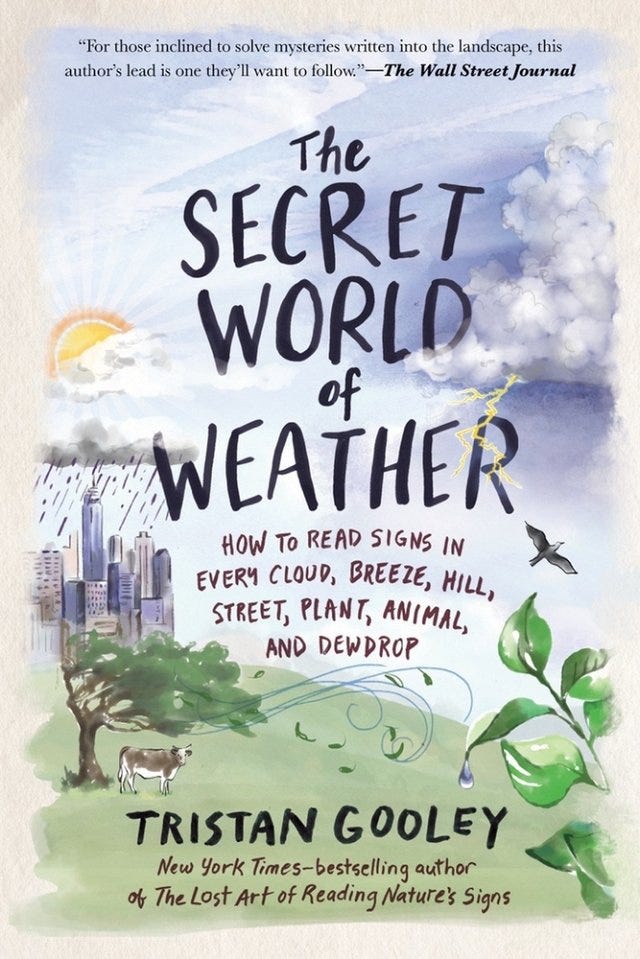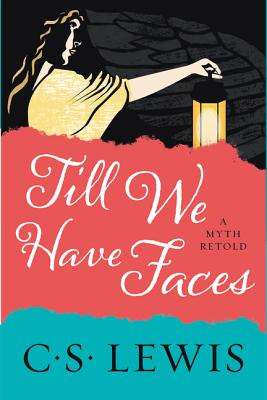Each month, I compile a Reading Journal for my Heart to Page course with . Each month, she gives us a theme, and we take notes on what we’re reading. I’ve kept a Commonplace book with quotes in it for years, but I don’t ever do much with it. Over the last several months, typing up what I’m reading and noticing has been one of my favorite ways to wrap up the month. I thought it might be fun to share some of these noticings with you. Eventually I’ll catch up to real time, but for now - here’s a glimpse at what I noticed back in September.
Theme: To Begin.
Peace Like a River, Leif Enger
“Think about your own first gasp: a shocking wind rowling so easily down your throat, and you still slipping around in the doctor’s hands. How you yowled!” (p 1)
The narrator starts his story by using second person to get the reader to think about what’s “normal”—and then he jolts us into the reality of his life: my lungs refused to kick in.
I have steered away from using the second person in my writing because I didn’t want to seem accusatory or like I was making an assumption or generalization—maybe there is no “normal.” But here, he immediately contrasts himself with the reader.
Also, it’s not like any of us can actually remember our own first gasp—only what other people have told us. But when stories are told over and over again, the memory becomes our own; even though we can’t actually remember.
//
“Real miracles bother people, like strange sudden pains unknown in medical literature. It’s true: they rebut every rule all we good citizens take comfort in … A miracle contradicts the will of earth. … People fear miracles because they fear being changed—though ignoring them will change you also. No miracle happens without a witness.” (p 3)
He starts out by saying what miracles aren’t - and how trivial the word has become, but then challenges us to really consider what a miracle is, and whether or not we’ve ever witnessed one. Miracles don’t happen where no one can see them. It’s not like “If a tree falls in the forest and no one is around does it make a sound?” Miracles are meant to be talked about. Miracles are meant to change us. I can’t stop thinking about how the purchase of our Beverly house happened by miracle. It’s a story that brings chills every time it’s told.
Outline, Rachel Cusk
The first chapter is a conversation she has with a neighbor on an airplane. At first I started to wonder what the point of this book was going to be. What is the plot? But the more I read, the more I realized maybe the point is all that we can learn when we take the time to really listen and converse with people. What would it look like if I took time to record conversations I hear in my journal? Especially those I have with complete strangers!
On page 4, she compares the very beginning of a flight to church: “We were strapped into our seats—a field of strangers, in a silence like the silence of a congregation while the liturgy is read.” Then she describes the speech the attendant gives and the people’s listening (or not) in such a beautifully descriptive way. “She showed us the life jacket with its little pipe, the emergency exits, the oxygen mask dangling from a length of clear tubing …”
Later, on page 11, her flight neighbor starts asking her about herself. Through her words, she reveals a bit more about who she is and what she’s been through.
“It had been, in other words, our family home, and I had stayed to watch it become the grave of something I could no longer definitively call either a reality or an illusion.”
This is a house she lived in while married, then stayed in with the children for three years. At this point, we don’t know if it’s because of divorce or death. She pauses the dialogue—or story of dialogue; she doesn’t use quotes or direct dialogue here—to describe the scene: what the plane looked like, the sky, even a description of her neighbor. As a reader, this allows me to pause for a moment to look around, to get my bearings before she continues. Then:
“It was impossible, I said in response to his question, to give reasons why the marriage had ended:”
“Among other things a marriage is a system of belief, a story, and though it manifests itself in things that are real enough, the impulse that drives it is ultimately mysterious. What was real, in the end, was the loss of the house, which had become the geographical location for things that had gone absent and which represented, I supposed, the hope that they might one day return. To move from the house was to declare, in a way, that we had stopped waiting.”
OOOOF. There is so much in this final sentence. When my first marriage ended, the biggest piece of contention was our house. Neither of us wanted to stay in it and neither of us wanted to assume responsibility for it. The house itself represented the marriage, and I was over repairing, renovating, or waiting. In the end, it went into foreclosure.
And then when David and I moved away from our house in Acton, we were admiting defeat. This place we had carefully chosen for its open space, for its proximity to farms, for its seclusion, and also for its good schools—it did not fill us up. Our belief that in working the land we could create home was not enough to sustain us. The hope of growing something new, of being farmers, of working the land, it was not enough for us. We needed community. We needed sidewalks. We needed people. Not land. But we had to work it, we had to hope for it, we had to try. Until we couldn’t bear to try any longer.
Other Books I Read:
The Secret World of Weather, Tristan Gooley [4 stars]
The Children’s Bach, Helen Garner [4 stars]
The Land, Mildred Taylor [4 stars]
Till We Have Faces, C.S. Lewis [4.5 stars]
What are you reading and noticing these days?










